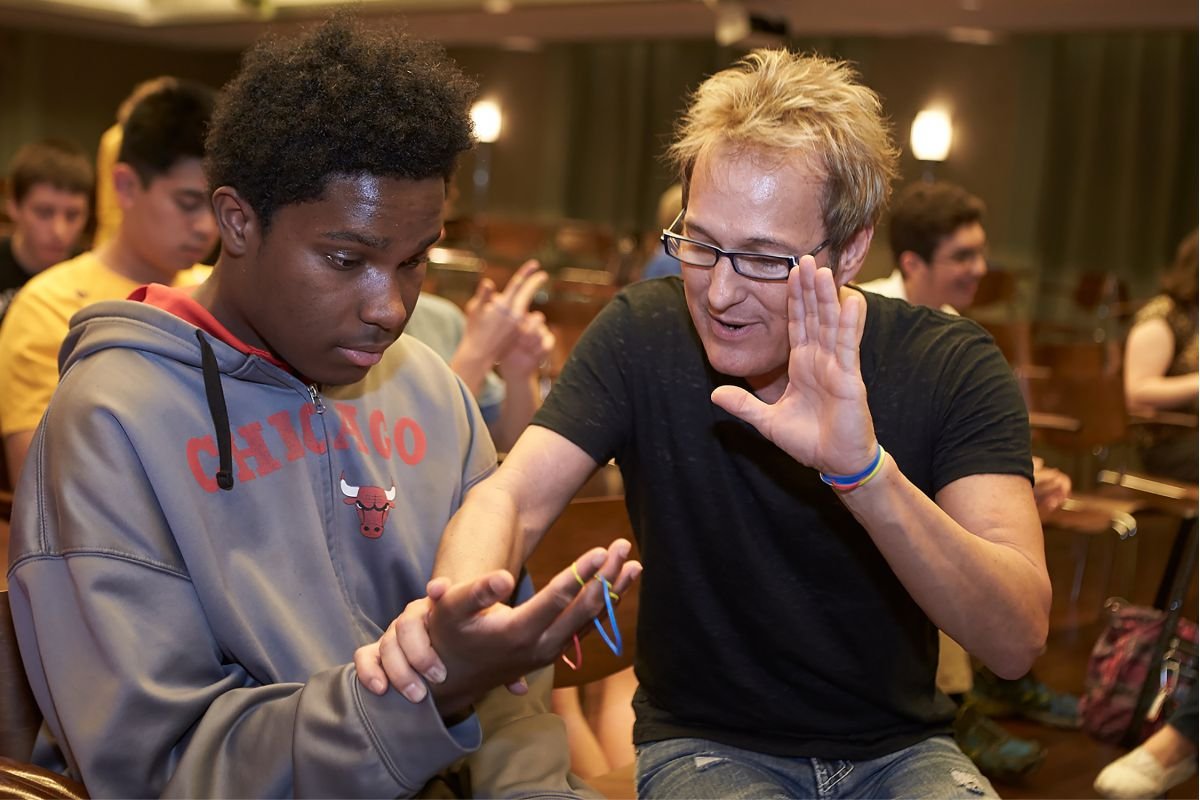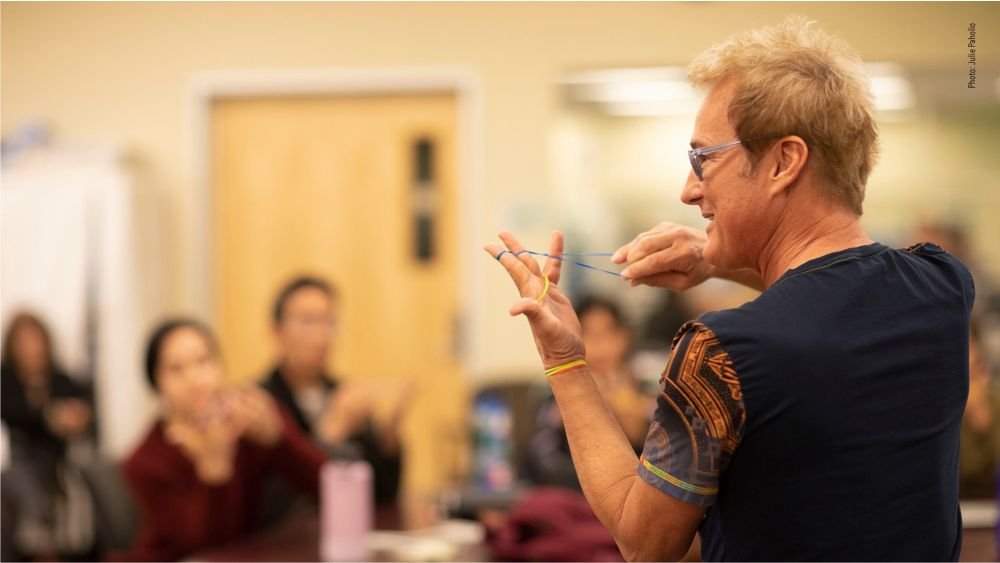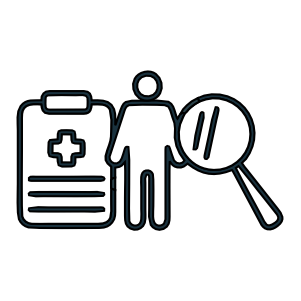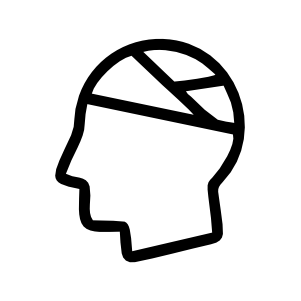MAGIC THERAPY
Over the last decade, the medical field has witnessed the advancement of the arts as a therapeutic tool in physical and psychosocial rehabilitation
Introducing Magic Therapy™
Over the last decade, the medical field has witnessed the advancement of the arts as a therapeutic tool in physical and psychosocial rehabilitation. Robust scientific research supports the use of specific art disciplines to enhance client motivation and engagement as well as increase independence. But we’ve also witnessed how the arts can improve a variety of skills including cognition, motor skills, communication, social skills, and flexible thinking (creativity).
Magic Therapy™ – the implementation of a research-based protocol of simple magic tricks – is the newest of these techniques for therapists to add to their toolbox

History of Magic & Medicine
Sometimes, those in the health professions forget the role that the arts can play in promoting and protecting human health. The Magic Therapy™ project is focused on exploring both the active and passive benefits of learning and performing magic tricks in a clinical setting.
The application of magic in a clinical setting can be traced to the late 1950s when a small group of magicians organized the National Committee for Therapy Through Magic, a consortium that encouraged entertainers to collaborate with physicians to teach magic tricks to their patients. Since that time, there have been several iterations of this approach. In the pursuit of a more sustainable approach, Magic Therapy™ (formerly known as Healing of Magic) was designed to be a systematic, manualized program aimed at training rehabilitation therapists and medical professionals in the implementation of this technique.
ABOUT DR. SPENCER
Dr. Kevin Spencer is the leading international authority on the educational and therapeutic benefits of magic tricks.
He has earned the Approved Providers Status of the American Occupational Therapy Association. He is a subject matter expert and Fulbright Specialist in arts integration for special populations for the U.S. Department of State and a research consultant in the School of Health Sciences Occupational Therapy Department and Institute of Arts in Medicine at the University of Alabama at Birmingham.
His work is focused on researching arts-integrated interventions for patients and clients and providing relevant, useful, and engaging continuing education for therapists and educators.
For additional information on the Hocus Focus education project, please visit www.HocusFocusEducation.com.


PROFESSIONAL SUPPORT FOR MAGIC THERAPY™
Based on a tremendous amount of research, the American Occupational Therapy Association (AOTA) supports the use of magic tricks as an authentic method of achieving therapeutic goals. In the May 2019 issue of PT in Motion, the American Physical Therapy Association (APTA) featured the benefits of magic therapy in an article titled That’s Entertainment: Giving New Meaning to the Term ‘Healing Arts.’
Numerous studies have been published in peer-reviewed journals and research is ongoing. Magic Therapy™ has been featured in Today in OT, the Journal of the American Medical Association, the Australian Occupational Therapy Journal, PT In Motion, REHAB Today, HEALTH magazine, ADVANCE for Occupational Therapy Practitioners, and numerous other publications.
Today, the concepts of Magic Therapy™ are being used in more than 2,000 hospitals, rehabilitation facilities, and schools in over 30 countries.
ABOUT MAGIC THERAPY™
Magic Therapy™ is a carefully designed, systematic approach to the therapeutic use of simple magic tricks in physical and psychosocial rehabilitation.
The most important aspect of this therapy technique is the ability of the client to transfer the skills learned by performing magic tricks into activities of daily living. The learning and performing of magic tricks allows them a means of safely exploring their skill level while providing a fun way of reaching therapeutic goals.

As a treatment modality, it has been utilized in many areas:

Physical Diagnoses
For all physical diagnoses, it is effective in increasing the client’s ability to manipulate objects (dexterity, grasp, and release) as well as gross motor skills.

Autism
Magic tricks are being used to improve motor skills, social cognition, and communication of youth diagnosed with Autism Spectrum Disorder.

Brain Injury
Performing magic tricks provides cognitive and perceptual challenges for clients with acquired brain injury.

Spinal Injury
For the spinal cord injured client with limited hand function, it allows for mastery of their environment without requiring skillful hand movements.

Mental Health
In areas of mental health, magic has been utilized to augment process. It is effective in increasing frustration tolerance, task-follow through, concentration, group cooperation, impulse control, communication, and many other goals.

Education
For students who face additional challenges – learning disabilities, emotional behavior disorders, developmental and cognitive delays, and autism – learning magic may have a significant impact on neurodevelopmental function, i.e. attention, memory, language, temporal-sequential ordering, spatial ordering, neuro-motor functions, social cognition, and higher order cognition.
